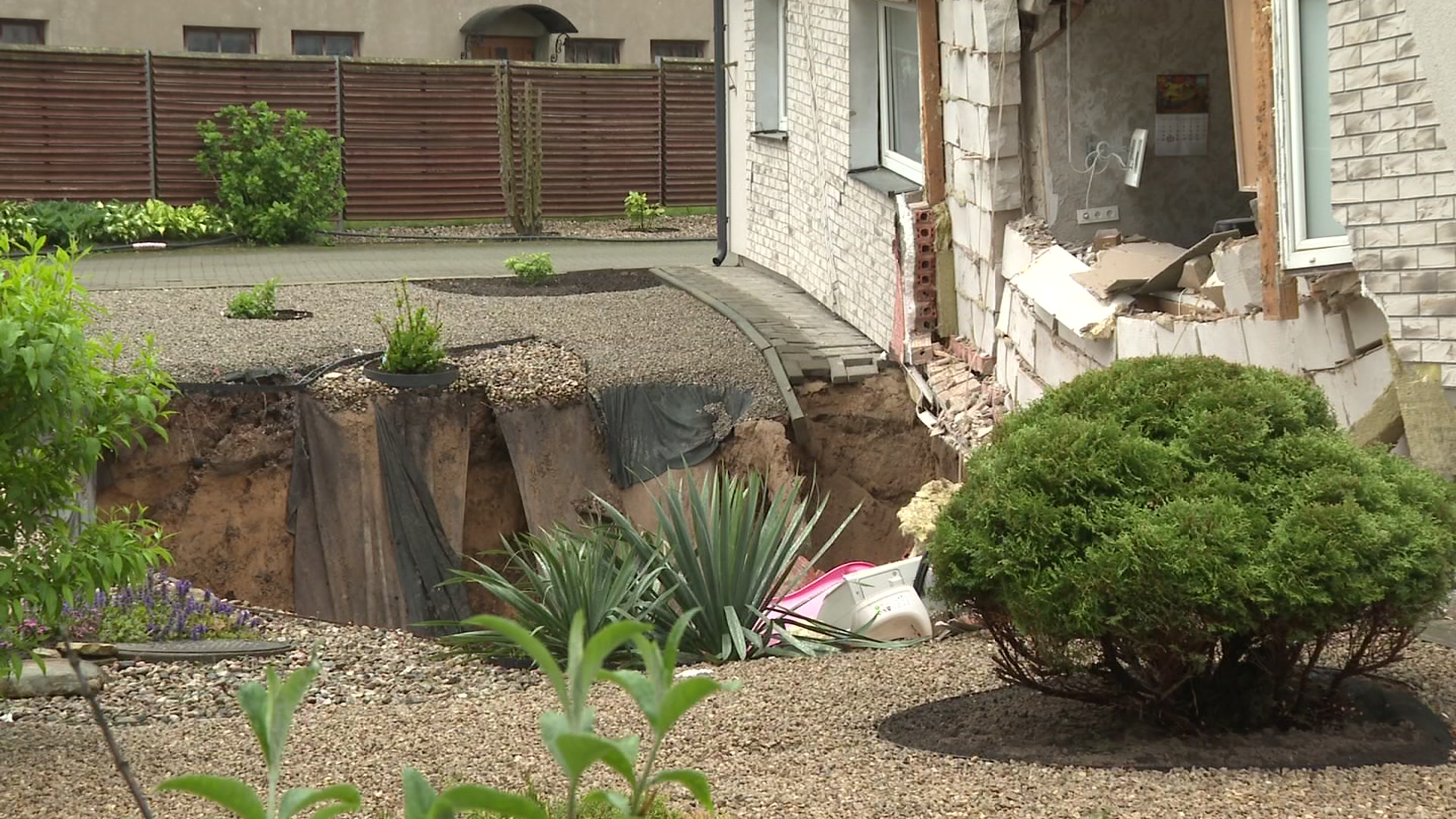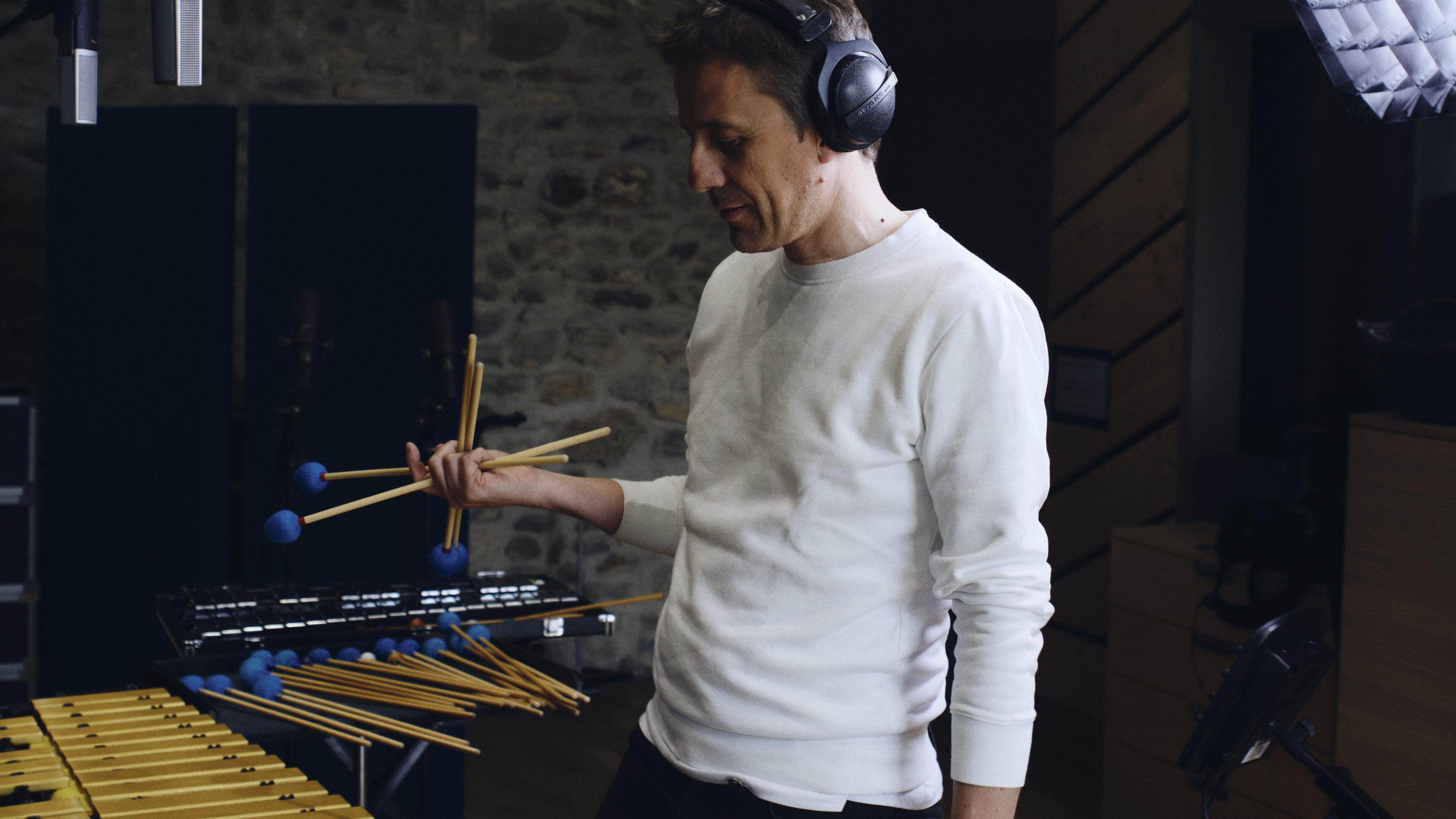« Nature feels that, » says Glaziologist to the clash in Blatten

« Nature feels that »: glacier researchers explains what was happening
The birch glacier was the only one in Switzerland. The glaziologists noticed that last year. Matthias Huss says: « That was a sign. » And he explains how yesterday was made of glacier ice cream within seconds.
But a year ago, Swiss glaziologists noticed that the birch glacier was the only glacier in Switzerland that not shrank, but moved in. The glacier tongue even grew in height, and the thickness increased up to twenty meters. «This is very, very extraordinary. Nature felt that. We only know that from glaciers in the Himalayas or in the Karakorum Mountains, »says Matthias Huss, glaciologist at ETH Zurich. Because the glaciers all over the world are almost all melting due to global warming.
Huss assumes that the bay glacier as a whole has still lost mass – but at the bottom grew because a lot of pressure had been built up in recent years. «Due to the pressure melted under the glacier, and then the glacier began to derive. When the weight became too big, he slipped away in one fell swoop. »
« An incredible energetic process »
This once again released a lot of energy: around 9 million tons of rubble, water and ice fell down 1000 meters into the valley. « This is an incredible energetic process, » says Huss. This converted a lot of ice cream into water while falling, which also accelerated the clash.
Nevertheless, Huss assumes that ice is still bound in the rubble cone in the valley and the mass is still relatively loose. « But how dense the cone is actually and how much water the river it leaves through time is difficult to say. »
Large part of the glacier broken off in Blatten.
Not only Federal Councilor Albert Rösti spoke of a millennium yesterday: Glaziologist Huss also says « that is extremely rare ». For centuries, Blatten remained undisturbed by the glaciers in the Lötschental. So have the rising temperatures triggered the catastrophe? Huss says: « Although the connection with climate change has to be examined even more precisely, it is determined. » Such a catastrophe always arises from a chain of unfortunate causes. «That was a lot of bad luck! I am still speechless when I look at the pictures. I never thought that a village could just disappear with us. »
The main cause was the landslide on the Nesthorn, which increased the pressure on the glacier, which was on a water pillow anyway. And as the last tragedy of these chains, the Lonza formed the reservoir yesterday, which also caused the first spared houses of the village to disappear.
So far there was only something comparable in 2002 in the Caucasus
Matthias Huss knows only a comparable event in the world: in 2002 in the Caucasus in the Karmadon Gorge, an avalanche with rubble fell on a glacier that subsequently thundered into the valley and cost around 140 people. Russian, Swiss and Canadian researchers examined the event and wrote In a study 2005: « Several aspects of the event are extraordinary: the large ice volume, the extreme initial acceleration, the high flow of flow, how far the landslide came and above all the erosion of a glacier.» That is a process that has not yet been known.
He seems to have repeated himself in the Lötschental. Here you could see the catastrophe coming. The population could be evacuated. But more was not possible.







:format(webp)/s3/static.nrc.nl/images/gn4/stripped/data132512191-bf7b93.jpg)
